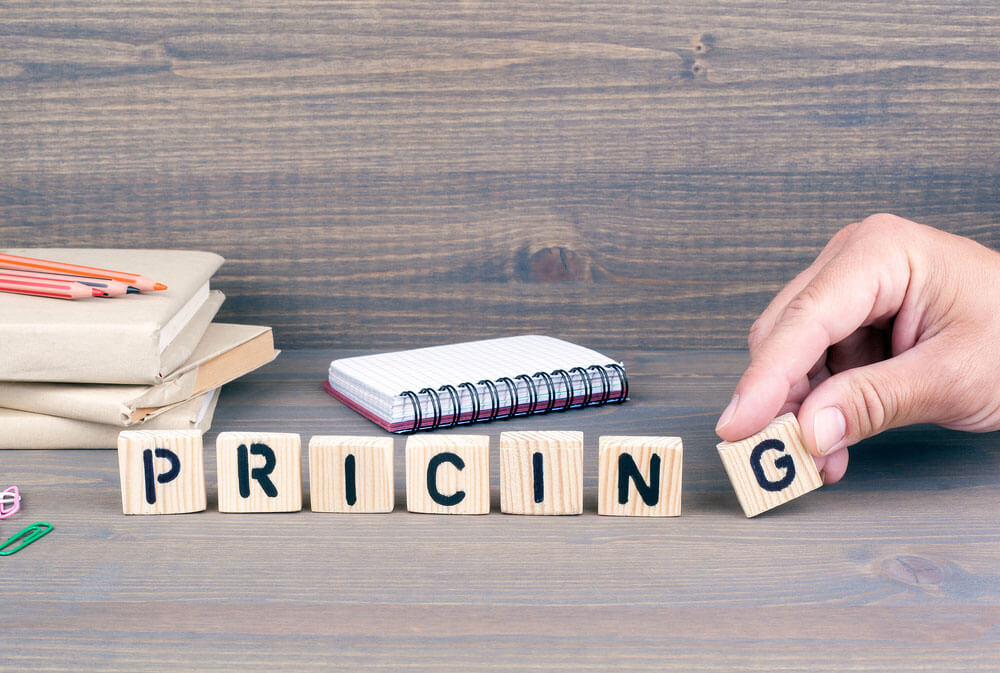
Dynamic pricing has been part of the lodging world for at least five years. It’s been getting more buzz, though, since EY switched to a mostly dynamic program about two years ago and other big companies began to follow suit. In fact, the Global Business Travel Association conference in August devoted three sessions to dynamic pricing versus negotiated rates. During one, 76 percent of the attendees said they were using a hybrid dynamic model; only 22 percent had fully static programs that use only negotiated rates.
But can dynamic pricing work better than fixed rates for small and midsize enterprises? As with most pricing strategies, it depends on several factors.
First consider the definition of dynamic pricing at right. For hotels, this can be a percentage off the best available rate at a given property for the given travel dates at the time of booking. The GBTA discussions left out chainwide discounts for a few reasons: They’re typically lower than a buyer could negotiate with dynamic pricing. Amenities often are not negotiable. And the RFP is different, said GBTA panelist Mira Rosenzweig, director of travel services for midsize company KBB Partners.
When to Use Dynamic Pricing
Whether a hotel will engage in dynamic pricing with a company and what the percentage discount will be usually is determined by the location and that company’s volume of business. An organization that’s not among the Fortune 1,000 still can have leverage with a property if it can drive more volume than other companies can to that city or property. A small company headquartered in a small city, for example, likely can drive more business there than can a large company. It’s for the markets where an SME has lower volume than other players that it has a better shot at getting a dynamic discount rather than negotiating a static rate.
The biggest key is to know a company’s spend, said Laura Kusto, BCD Travel senior director and global lead of spend management consulting and dynamic sourcing. “Have that data,” she said.
Next is knowing the travel program’s footprint. “I’ve seen this with global clients,” she said. “You can have two companies with the same spend, but one will have more leverage in top markets simply because their spend is more concentrated, while the other has spend all over the place.” Even in properties that draw a decent amount of corporate business, “a good midsize company with a certain amount of spend to drive to one or two properties should be able to achieve dynamic discounts, just smaller.”
The Right Discount
The size of the discount is going to vary, based on that volume and footprint. If she were an SME travel manager, Kusto said, she wouldn’t accept a dynamic discount below 12 percent. “Assuming this discount is negotiated in the spirit of partnership, I think you can get 10 percent via other methods,” she said.




